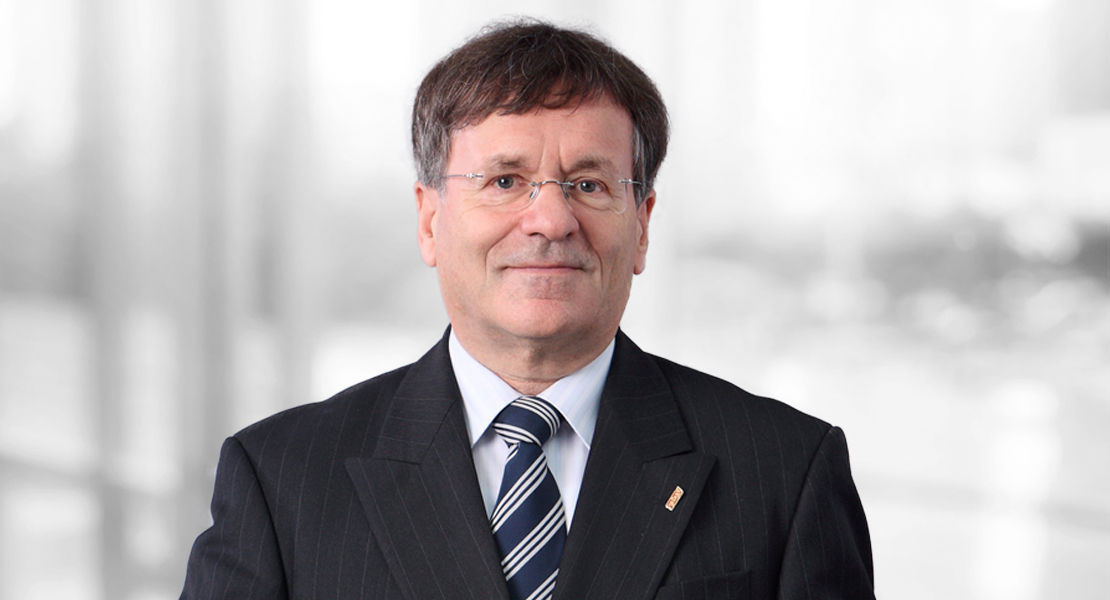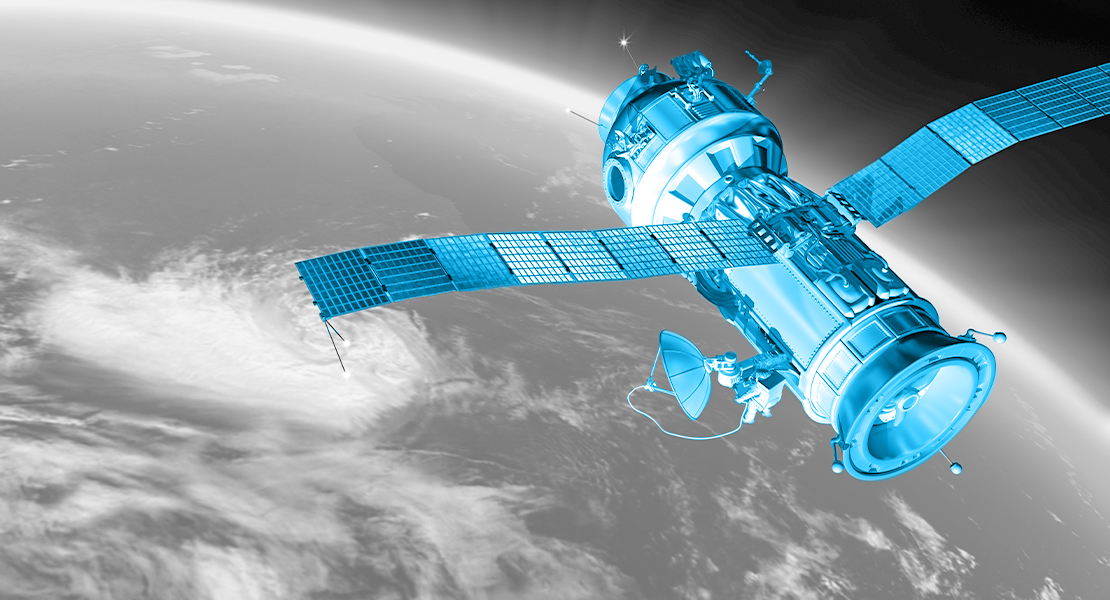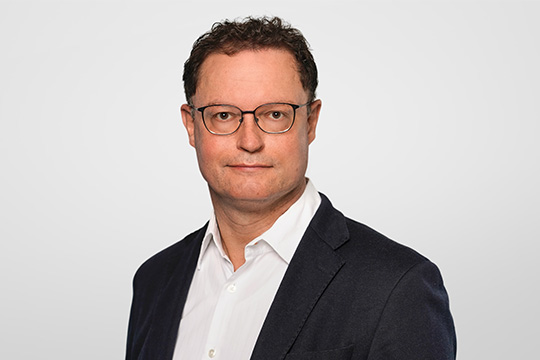In 1982, all was well with the world for German satellite technology. People were developing and building their own telecommunications satellites, political strategies and the associated investments were in place: the telecommunications satellite 'DFS Kopernikus' (1982 - 2002) was awarded by the Deutsche Bundespost to a national industrial consortium - MBB ERNO and AEG Telefunken Nachrichtentechnik - in 1982. The main contractor for the industry: a consulting firm called Detecon.
The discussions in the various phases of the design, qualification and construction phases in the DFS Kopernikus project were numerous and sometimes tough. However, since good German engineering work usually leads to success, it became one of the most successful satellite projects of its time. Between 1989 and 2002, three satellites were built as planned and successfully positioned at the orbital positions 23.5 and 28.5 degrees East (later 33.5 degrees East). The satellites had a mass of 850 kilograms in orbit at the beginning of their lifetime in geostationary orbit. Their solar panels had a span of 15.5 metres and delivered up to 1550 watts of electrical power. According to today's classification, we could therefore speak of a medium-sized satellite. The Ku-band transponders were originally designed for telecommunications services, but due to its excellent technical data, DFS was also used as a direct-to-home TV satellite and as a satellite feeder for cable systems. DFS II gained particular importance in the context of German reunification, when new telecommunications links were needed at short notice.
Timeliness of Ka-Band Satellites in the 5G Ecosystem
The Ka-band payload in particular was highly innovative at the time and served mainly experimental purposes, for example the investigation of propagation phenomena at higher frequencies. Even then, the foundations were laid for modern Ka-band satellites. Today, Ka-band satellites are still among the modern variants and such frequency bands are becoming particularly topical for future mobile broadband communication within the framework of 5G. The importance of these frequency ranges was therefore already recognised at that time. Detecon therefore hoped for orders for follow-up generations, but these failed to materialise for various reasons. Alternatively, satellite systems from the international environment (Astra, Intelsat, Eutelsat) were used, and the system capabilities of the German industry in the field of communication satellites were gradually lost.
This phase lasted until about 2010, at which time a feasibility study was completed by the company OHB (Bremen) on behalf of the Federal Ministry of Economics and Technology for a highly modular satellite platform that would fulfil numerous tasks. The mission was named after the German physicist Heinrich Hertz. The planned launch date is currently around 2020. With this, Germany rejoins the illustrious group of satellite system builders. DLR (German Aerospace Center) is responsible for the system and its financing.
Risk-taking from Silicon Valley
Satellites for communication systems, as considered so far, are still a niche technology. If they were to be switched off, this would have a dramatic impact on our everyday lives, but many people are not aware of this at all. However, this could change significantly in the future. Two development trends are worth mentioning in this context: LEO's, i.e. new types of low-flying satellites in large numbers, and an increasing commercialisation trend in space travel. As always, the impetus comes from the Silicon Valley environment - everyone knows the success stories of companies like SpaceX. This ultimately leads to a number of new players and approaches emerging in the market that bring entirely new parameters into play, notably far cheaper systems and much shorter deployment times. This is combined with new types of system concepts and a much greater appetite for risk. Besides Silicon Valley, younger economies such as China, India and Korea are already playing a role today.
In particular, the low-flying satellites, called constellations in large numbers, have enormous potential: due to the low orbit, the system balances are much more favourable and quite in the range of terrestrial mobile radio systems. Satellite communication can thus step out of its niche. Well-known global players such as Google and Facebook have recognised this and are investing considerable sums in numerous start-up companies involved in such innovation. There is now even a German start-up. Global broadband mobile access is thus becoming more likely and definitely more cost-effective than with terrestrial solutions. If successful, this modern satellite communication can plug into a future 5G ecosystem.
Autonomous Driving with Satellite Communication
An application for autonomous driving appears to be of particular importance here: Everyone is still relying on future terrestrial 5G systems. However, this has its limitations, as numerous studies show. Additional support through satellite communication can significantly improve safety here - and without a reliable safety aspect, autonomous driving will fail. For terrestrial network operators, it is important to observe this trend closely, because new players with their own access solutions usually appear unexpectedly and create competition for the established infrastructure.
For Detecon, a circle could close here: All these aspects point to an enormous potential for consulting. Our brave new "digital" world continues to need powerful infrastructures at attractive conditions. Possible synergies between terrestrial and satellite-based communication are one way to achieve this goal.

Dr. Hans-Peter Petry
After a career in industry with leading manufacturers in the telecommunications industry, Dr Hans-Peter Petry worked as Managing Consultant and Managing Partner at Detecon from 2006 to 2012. Until his retirement, he headed the Telecommunications Technologies division there. He is currently a Senior Advisor for Detecon and works on a voluntary basis for DLR (German Aerospace Center) and DESK (German Center for Satellite Communications).



